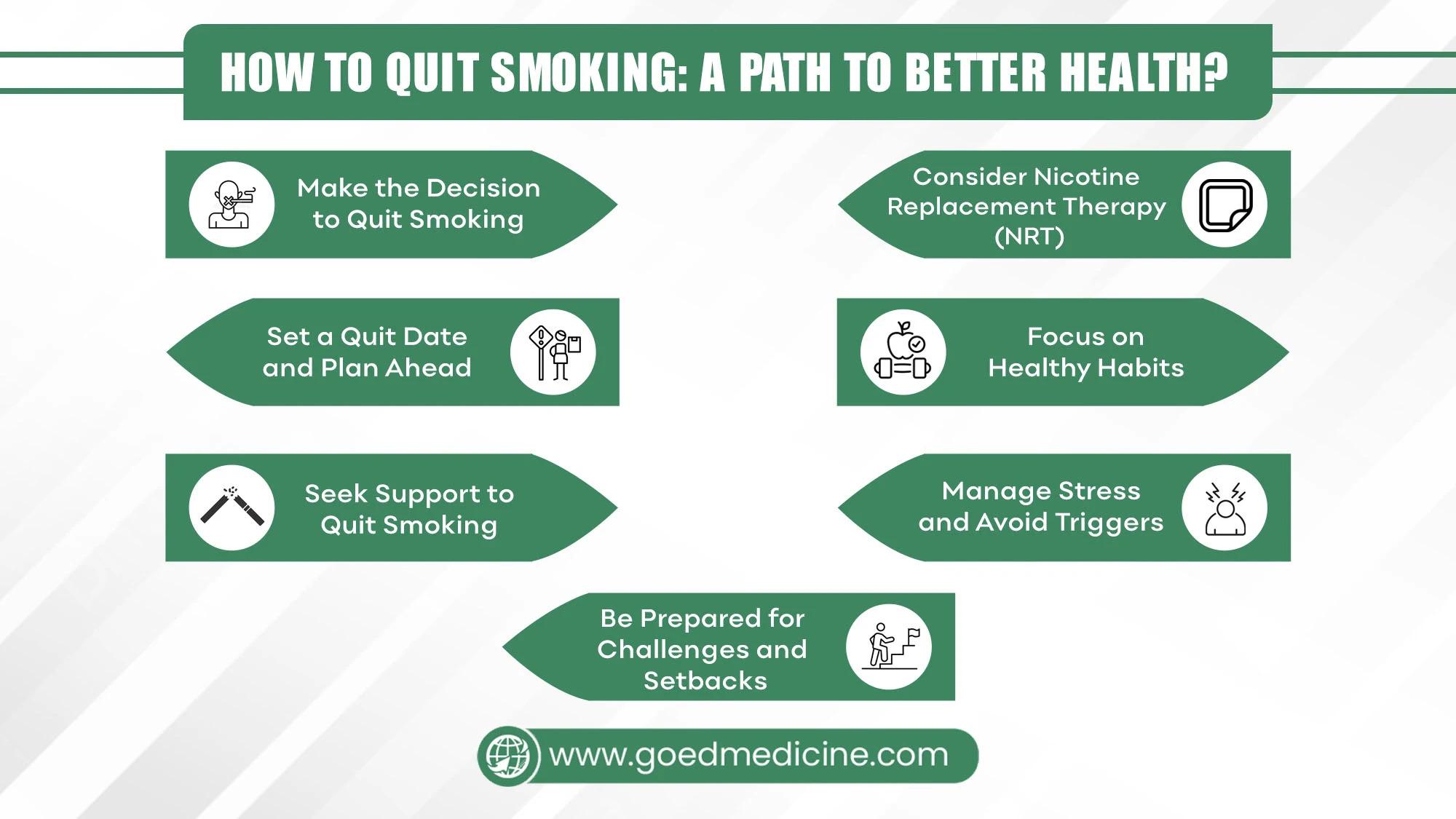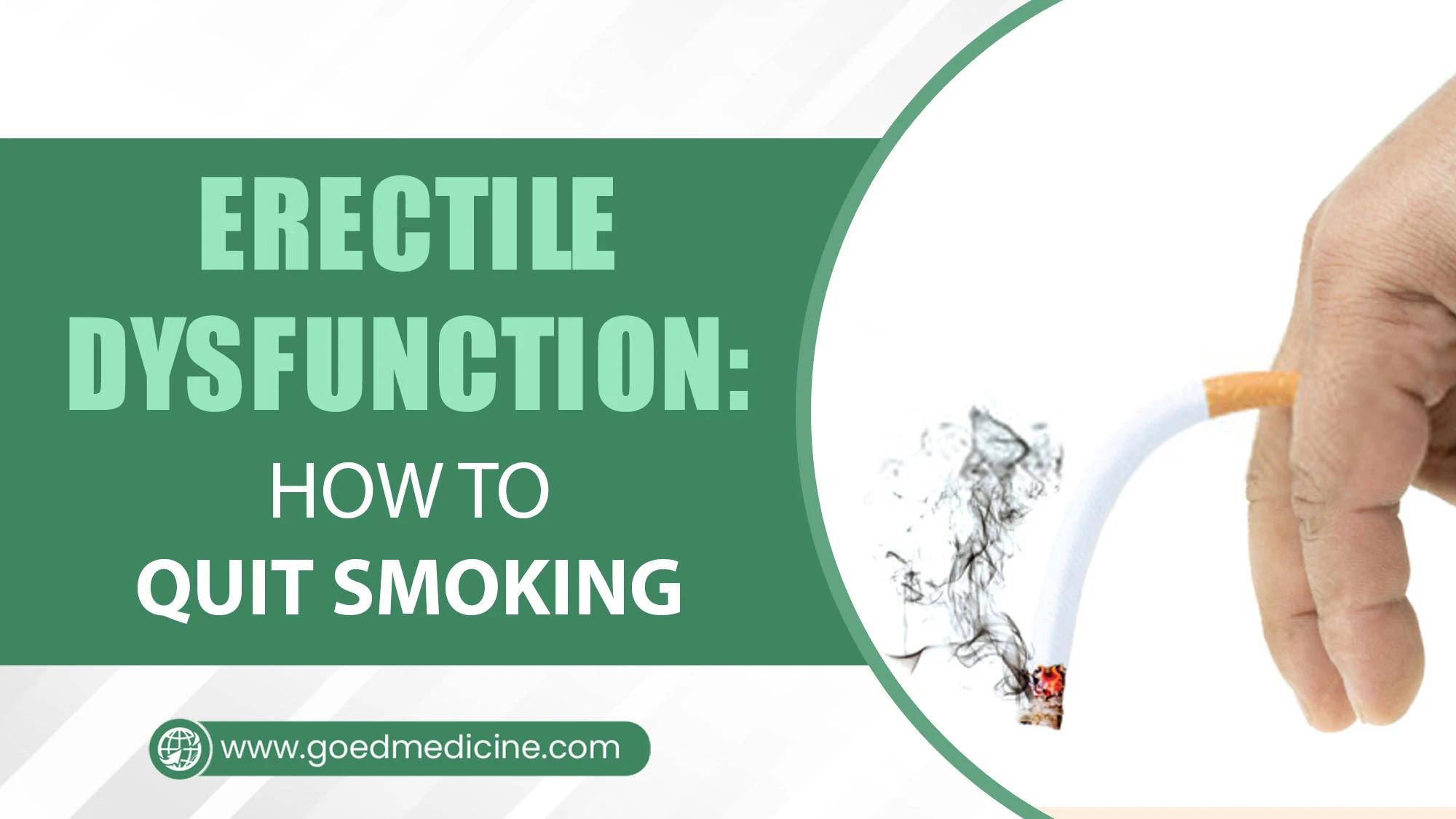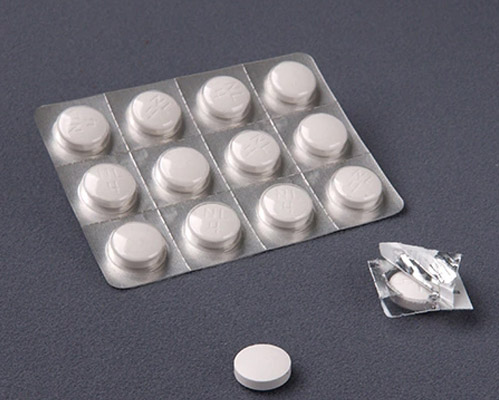SFATIAMO ANCHE QUESTO MITO DEL COLESTEROLO BASSO A TUTTI I COSTI
"Il colesterolo è la molecola più importante del corpo... Non dare la colpa al colesterolo per i danni causati dal calcio." Dottor Hal Huggins "L'1,5% della placca arteriosa è costituito da grassi e di questi lo 0,5% è colesterolo." "Il 90% della placca è costituito da calcio. Allora dov'è il problema... il calcio o il colesterolo?"
Il colesterolo non è il nemico. Anzi, è una delle sostanze più essenziali per il nostro organismo. Il 60% del tuo cervello è costituito da grasso e il 30% da colesterolo. I tuoi ormoni, le membrane cellulari e il sistema nervoso dipendono tutti da questo. Il messaggio diffuso secondo cui il colesterolo alto causa l'ostruzione delle arterie è falso e sbagliato.
Gli studi dimostrano che la placca arteriosa è composta principalmente da calcio, non da colesterolo. Solo lo 0,5% della placca è costituito da colesterolo. Il resto? Oltre il 90% è accumulo di calcio. L'aterosclerosi è una malattia infiammatoria, non una malattia del colesterolo o una carenza di statine. Il colesterolo non è la causa dell'infiammazione che si trasforma in placca arteriosa e aterosclerosi.
Eliminare la radice dell'infiammazione che causa il danno arterioso: Bassi livelli di vitamina D Carenza di magnesio Carenza di K2 Integratori di calcio Oli di semi industriali Zucchero lavorato Carboidrati Resistenza all'insulina Alimenti ultra-processati Fumare Obesità Tossine ambientali sonno scarso Mancanza di esercizio Stress
Una dieta a base di cibi integrali e poveri di carboidrati, che privilegia i cibi di origine animale ricchi di nutrienti ed elimina gli oli di semi nocivi e lo zucchero, garantisce il miglior profilo di colesterolo sano. Questo stile di vita mantiene bassi i trigliceridi e alti i livelli di HDL, uno dei migliori biomarcatori per la salute del cuore. Il rapporto TG/HDL dovrebbe essere ottimale, pari o inferiore a 1,5.
Più alto è il tuo LDL, più a lungo vivi
https://bmjopen.bmj.com/content/bmjopen/6/6/e010401.full.pdf https://meddocsonline.org/annals-of-epidemiology-and-public-health/the-LDL-paradox-higher-LDL-cholesterol-is-associated-with-greater-longevity.pdf L'LDL non causa malattie cardiovascolari
https://tandfonline.com/doi/full/10.10Relatore: Dott. Hal Huggins Video:
@Wellness_Radar
"Cholesterol Is The Most Important Molecule In The Body...Don't Blame Cholesterol For The Harm That Calcium Causes."
Dr Hal Huggins
"1.5% Of Arterial Plaque Is Fat & Of That 0.5% Is Cholesterol."
"90% Of The Plaque Is Calcium. So Where's The Problem...Calcium Or Cholesterol?"
Cholesterol isn’t the enemy. In fact, it’s one of the most essential substances in your body.
60% of your brain is fat & 30% of that is cholesterol. Your hormones, cell membranes & nervous system all depend on it.
The mainstream message that high cholesterol causes clogged arteries is fraudulent & wrong.
Studies show that arterial plaque is mostly calcium — not cholesterol. Only 0.5% of the plaque is cholesterol. The rest? Over 90% is calcium buildup.
Atherosclerosis Is An Inflammatory Disease, Not A Cholesterol Disease or A Statin Deficiency.
Cholesterol is not the cause of the Inflammation that turns to arterial plaque & atherosclerosis.
Eliminate The Root of The Inflammation Which Causes The Arterial Damage:
Low Vitamin D Levels
Magnesium Deficiency
K2 Deficiency
Calcium Supplements
Industrial Seed Oils
Processed Sugar
Carbohydrates
Insulin Resistance
Ultra Processed Foods
Smoking
Obesity
Environmental Toxins
Poor Sleep
Lack of Exercise
Stress
A whole food, low carbohydrate diet prioritizing nutrient dense animal foods, eliminating harmful seed oils & sugar, provides the best healthy cholesterol profile.
This lifestyle keeps Triglycerides low & HDL high, which is one of the best biomarkers for heart health. TG/HDL ratio optimally should be 1.5 or less.
The Higher Your LDL, The Longer You Live
https://bmjopen.bmj.com/content/bmjopen/6/6/e010401.full.pdf
LDL Paradox: Higher LDL, Greater Longevity
https://meddocsonline.org/annals-of-epidemiology-and-public-health/the-LDL-paradox-higher-LDL-cholesterol-is-associated-with-greater-longevity.pdf
LDL Does Not Cause Cardiovascular Disease
https://tandfonline.com/doi/full/10.1080/17512433.2018.1519391#abstract
Speaker: Dr Hal Huggins
Video: @Wellness_Radar
Source:
https://x.com/ValerieAnne1970/status/1959886206096875953SFATIAMO ANCHE QUESTO MITO DEL COLESTEROLO BASSO A TUTTI I COSTI
"Il colesterolo è la molecola più importante del corpo... Non dare la colpa al colesterolo per i danni causati dal calcio." Dottor Hal Huggins "L'1,5% della placca arteriosa è costituito da grassi e di questi lo 0,5% è colesterolo." "Il 90% della placca è costituito da calcio. Allora dov'è il problema... il calcio o il colesterolo?"
Il colesterolo non è il nemico. Anzi, è una delle sostanze più essenziali per il nostro organismo. Il 60% del tuo cervello è costituito da grasso e il 30% da colesterolo. I tuoi ormoni, le membrane cellulari e il sistema nervoso dipendono tutti da questo. Il messaggio diffuso secondo cui il colesterolo alto causa l'ostruzione delle arterie è falso e sbagliato.
Gli studi dimostrano che la placca arteriosa è composta principalmente da calcio, non da colesterolo. Solo lo 0,5% della placca è costituito da colesterolo. Il resto? Oltre il 90% è accumulo di calcio. L'aterosclerosi è una malattia infiammatoria, non una malattia del colesterolo o una carenza di statine. Il colesterolo non è la causa dell'infiammazione che si trasforma in placca arteriosa e aterosclerosi.
Eliminare la radice dell'infiammazione che causa il danno arterioso: Bassi livelli di vitamina D Carenza di magnesio Carenza di K2 Integratori di calcio Oli di semi industriali Zucchero lavorato Carboidrati Resistenza all'insulina Alimenti ultra-processati Fumare Obesità Tossine ambientali sonno scarso Mancanza di esercizio Stress
Una dieta a base di cibi integrali e poveri di carboidrati, che privilegia i cibi di origine animale ricchi di nutrienti ed elimina gli oli di semi nocivi e lo zucchero, garantisce il miglior profilo di colesterolo sano. Questo stile di vita mantiene bassi i trigliceridi e alti i livelli di HDL, uno dei migliori biomarcatori per la salute del cuore. Il rapporto TG/HDL dovrebbe essere ottimale, pari o inferiore a 1,5.
👇 Più alto è il tuo LDL, più a lungo vivi 📷 https://bmjopen.bmj.com/content/bmjopen/6/6/e010401.full.pdf 📷 https://meddocsonline.org/annals-of-epidemiology-and-public-health/the-LDL-paradox-higher-LDL-cholesterol-is-associated-with-greater-longevity.pdf 📷 L'LDL non causa malattie cardiovascolari 📷https://tandfonline.com/doi/full/10.10Relatore: Dott. Hal Huggins Video:
@Wellness_Radar
"Cholesterol Is The Most Important Molecule In The Body...Don't Blame Cholesterol For The Harm That Calcium Causes."
Dr Hal Huggins
"1.5% Of Arterial Plaque Is Fat & Of That 0.5% Is Cholesterol."
"90% Of The Plaque Is Calcium. So Where's The Problem...Calcium Or Cholesterol?"
Cholesterol isn’t the enemy. In fact, it’s one of the most essential substances in your body.
60% of your brain is fat & 30% of that is cholesterol. Your hormones, cell membranes & nervous system all depend on it.
The mainstream message that high cholesterol causes clogged arteries is fraudulent & wrong.
Studies show that arterial plaque is mostly calcium — not cholesterol. Only 0.5% of the plaque is cholesterol. The rest? Over 90% is calcium buildup.
Atherosclerosis Is An Inflammatory Disease, Not A Cholesterol Disease or A Statin Deficiency.
Cholesterol is not the cause of the Inflammation that turns to arterial plaque & atherosclerosis.
Eliminate The Root of The Inflammation Which Causes The Arterial Damage:
Low Vitamin D Levels
Magnesium Deficiency
K2 Deficiency
Calcium Supplements
Industrial Seed Oils
Processed Sugar
Carbohydrates
Insulin Resistance
Ultra Processed Foods
Smoking
Obesity
Environmental Toxins
Poor Sleep
Lack of Exercise
Stress
A whole food, low carbohydrate diet prioritizing nutrient dense animal foods, eliminating harmful seed oils & sugar, provides the best healthy cholesterol profile.
This lifestyle keeps Triglycerides low & HDL high, which is one of the best biomarkers for heart health. TG/HDL ratio optimally should be 1.5 or less.
👇The Higher Your LDL, The Longer You Live👇
https://bmjopen.bmj.com/content/bmjopen/6/6/e010401.full.pdf
👇LDL Paradox: Higher LDL, Greater Longevity👇
https://meddocsonline.org/annals-of-epidemiology-and-public-health/the-LDL-paradox-higher-LDL-cholesterol-is-associated-with-greater-longevity.pdf
👇LDL Does Not Cause Cardiovascular Disease👇
https://tandfonline.com/doi/full/10.1080/17512433.2018.1519391#abstract
Speaker: Dr Hal Huggins
Video: @Wellness_Radar
Source: https://x.com/ValerieAnne1970/status/1959886206096875953













